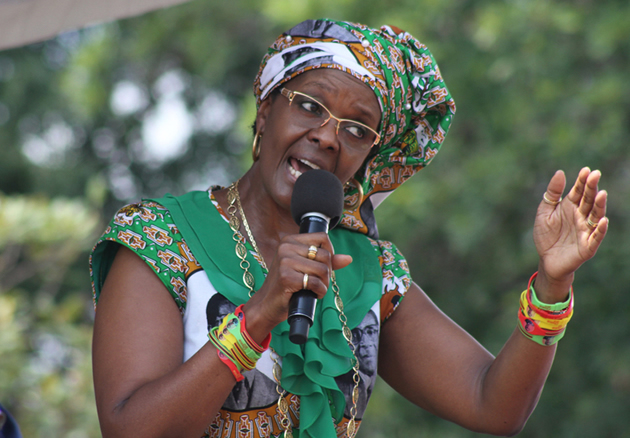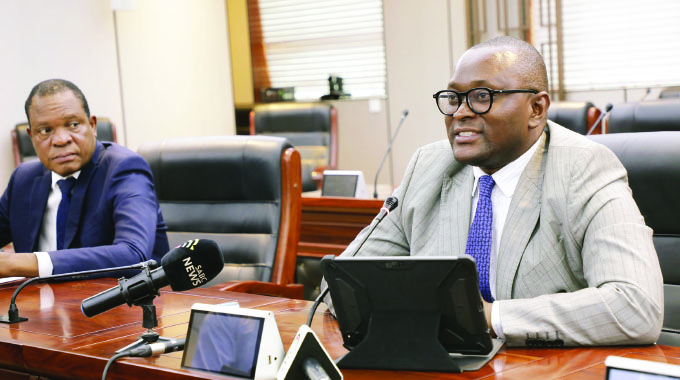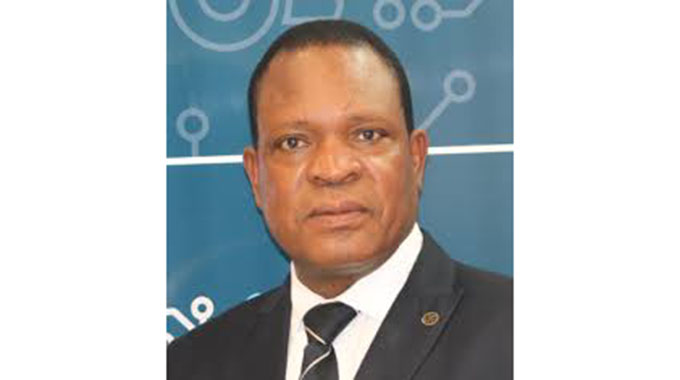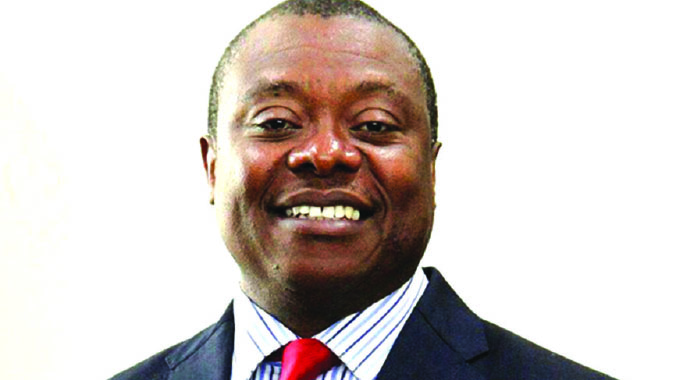‘Digitisation will tell our story’

From Tendai Mugabe in Kariba—
The digitisation project being spearheaded by Government through the Ministry of Information, Media and Broadcasting Services will result in 80 percent of the country receiving radio and television transmission signals. Modalities are being worked out to ensure the remaining 20 percent benefits from the digitised stations. Over and above that, there are several benefits that are going to accrue to both viewers and players in the broadcasting industry.
Secretary for Information, Media and Broadcasting Services Mr George Charamba revealed this yesterday after touring two new digital transmitter sites under construction in Siyakobvu and Kariba.
“In the first place, there is universal access,” he said. “The way we have structured this whole project is such that we are looking at upward 80 percent reach of the Zimbabwean citizenry. That has never been done in the history of this country.
“It will mean we have 80 percent of our people connected and even the remaining 20 percent will be on the grid to the extent that we are looking at exploring a mix of technologies to ensure that we beat that outstanding 20 percent such that we are really aiming for universal reach. It’s one of the major attributes of measuring the enjoyment of freedom of expression as a human right.
“Second gain which is linked to the first one has to do with the historical features of our own country. There was a time when television and radio was a prerogative of the people who lived on the backbone of the country and in historical terms it meant whites.”
He described the project as the first of its kind prioritising rural areas ahead of urban centres. “We are one project that prides itself for starting from the periphery going to the centre,” he said. “That is a reversal of the development paradigm that we had historically.
“Generally, we have to start in the capital and then hopefully trickle down to the periphery. In our case we decided to go and start from the outward and then move to the centre. What that means is we have challenged the established paradigm of development by focusing on where the people are — namely in the rural areas. But more importantly looking at elements of social justice in the development of infrastructure because essentially, when you are targeting people who have been out of the loop it means you are now recognising that in fact development must uphold that element of social justice. So where you have an integration of development theory and practise as well as social political goal, it means you have a perfect mix.”
In the digital world, Mr Charamba said, viewers and listeners would enjoy a wide range of stations of their choice. Said Mr Charamba: “There is something called viewer choice. From the very onset of television and even radio, Zimbabweans and historically Rhodesians, were experiencing what is called monopoly broadcasting services.
“We only started seeing a liberalisation of airwaves with radios and this not far back in time. What we are going to see after digitisation is a real explosion of services done by different licensees and what that means is that the viewers will have a broader choice in terms of views options — choice by genre, choice by competence, choice by standard, choice by subject matter and when you have that kind of environment, it means there will be stiff competition among licensees and once you have stiff competition then it means the viewers will not only benefit by way of quality of the product but also benefit by way of affordability of services and there is no way you can ever indulge on monopoly of pricing in an environment where there is an upward of 20 other operators because the viewer will flee from your site to a site which is more interesting and affordable.
“I am hoping for that stage in the broadcasting environment of this country where I won’t have to wield a big whip and insist on professional camera work, insist on professional editing, insist on professional programming, insist on professional presentation — competition will just take care of it.”
Mr Charamba added: “We have taken a very careful decision to ensure that we don’t have a false diversity and by false diversity, I mean a situation where people will be importing programmes from outside of our boarders.
“And what outside of our boarders in broadcasting terms doesn’t mean South Africa, Tanzania, Ghana, Malawi or Zambia. I don’t know maybe it’s a terrible colonial hangover that we have. It always means Britain, America, Australia, Canada and France. Our sense of diversity means Western. I don’t know whether we have really stopped to examine the implication of that — that each time we want good programming we go American, each time we want good programming we have to go Australian.”
Mr Charamba said Government introduced a 75 percent local content policy to guard against importation of content adding that the same requirement was also a boon for content producers. “That element of insisting on 75 percent local content will mean that the viewer will have a diversity of choice but within the circumscription of that which is African,” he said.
“The 75 percent local content requirement means massive employment creation, it means massive value, it means massive cultural statement from Zimbabwe. It means a Zimbabwe that can export — that does not listen but that speaks globally. That is the vision we have in the ministry to create a country that speaks to the world and speaks emphatically. So really, we go beyond meeting the programming requirement of these 20 stations to looking at servicing a universal market including those countries that have been abusing us historically — thanks to our own generosity because we must do what is called counter penetration where essentially we are pushing out our programmes.”
Mr Charamba said the digitisation project fitted in well within Zim-Asset saying.
“With respect to Zim-Asset, you discover we are much more than just infrastructure. We straddle the infrastructural to provide a service which makes us a social sector but also beneficiate to the extent that we are creating something out of nothing. In one scope you find that we are straddling three key legs of Zim-sAsset and if you look at the educational purpose of television, is to educate, to entertain, to inform — then you also discover we are not irrelevant in terms of the first requirement which is food production and food security because there is a way in which within that diversity of programming, you can tailor made programmes to focus on efforts supporting agriculture which is the mainstay of our economy.”
During the first leg of his tour in Siyakobvu, Mr Charamba expressed misgivings on the nature of the job done where one of the legs of the tower was condemned. He was, however, a happy man in Kariba where excellent engineering work was done on the tower site which is on top of a mountain. “The work done here was perfect but it is also monumental in the sense that it is a major departure in engineering terms from what I have seen hitherto,” he said.
“Never have I ever gone to a site where we have to create an artificial levelling base where we have to challenge topography in order to establish more room for our construction. More importantly, the tower is out of the ordinary. It’s a feat in engineering terms.”







Comments